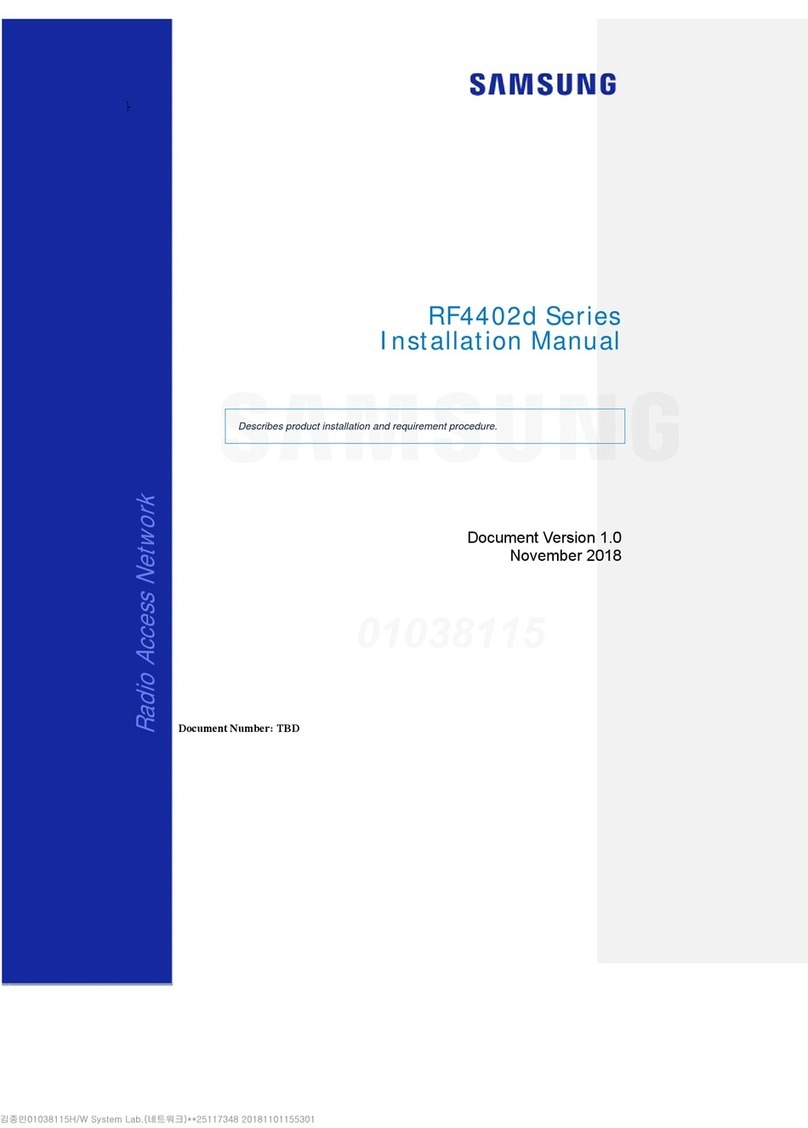Important Notice
The information in this publication has been carefully
checked and is believed to be accurate at the time of
publication. Samsung assumes no responsibility,
however, for possible errors or omissions, or for any
consequences resulting from the use of the
information contained herein.
Samsung reserves the right to make changes to its
products or product specifications with the intent to
improve function or design at any time and without
notice and is not required to update this
documentation to reflect such changes.
This publication does not convey to a purchaser of
semiconductor devices described herein any license
under the patent rights of Samsung or others.
Samsung makes no warranty, representation, or
guarantee regarding the suitability of its products for
any particular purpose, nor does Samsung assume
any liability arising out of the application or use of any
product or circuit and specifically disclaims any and all
liability, including without limitation any consequential
or incidental damages.
"Typical" parameters can and do vary in different
applications. All operating parameters, including
"Typicals," must be validates for each customer
application by the customer’s technical experts.
Samsung products are not designed, intended, or
authorized for use as components in systems intended
for surgical implant into the body, for other applications
intended to support or sustain life, or for any other
application in which the failure of the Samsung product
could create a situation where personal injury or death
may occur.
Should the Buyer purchase or use a Samsung product
for any such unintended or unauthorized application,
the Buyer shall indemnify and hold Samsung and its
officers, employees, subsidiaries, affiliates, and
distributors harmless against all claims, costs,
damages, expenses, and reasonable attorney fees
arising out of, either directly or indirectly, any claim of
personal injury of death that may be associated with
such unintended or unauthorized use, even if such
claim alleges that Samsung was negligent regarding
the design or manufacture of said product.
KS8910 100/10 Mbps Ethernet Transceiver User’s Manual
Publication Number: 20-8910-0599
Publication Date: May 1999
1999 Samsung Electronics
All rights reserved. No part of this publication may be reproduced, stored in a retrieval system, or transmitted in any form or by
any means, electric or mechanical, by photocopying, recording, or otherwise, without the prior written consent of Samsung
Electronics.
Samsung Electronics Co., Ltd.
San #24, Nongseo-Ri, Kiheung-Eup
Yongin-City, Kyungi-Do, Korea
C.P.O. Box #37, Suwon 449-900
Phone: 82-331-209-3104
Fax: 82-331-209-3109
Internet: http://www.samsungsemi.com
Printed in the Republic of Korea
Samsung Electronic’s microcontroller business has been awarded full ISO-14001
certification (BVQI Certificate No. 9330). All semiconductor products are designed and
manufactured in accordance with the highest quality standards and objectives.





























